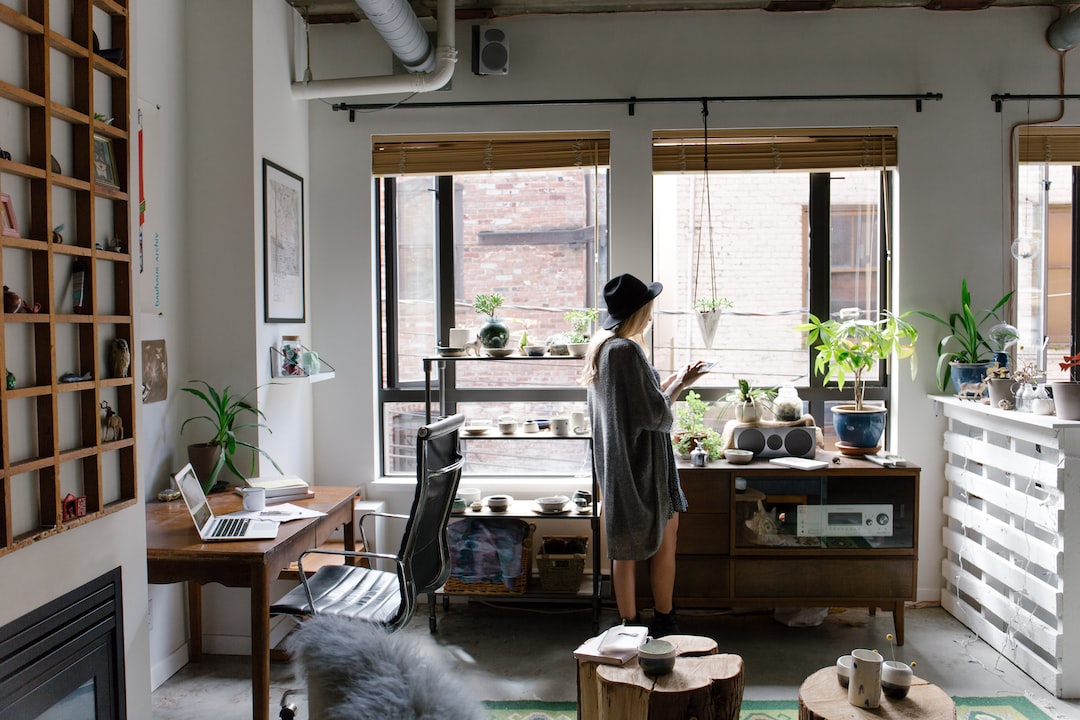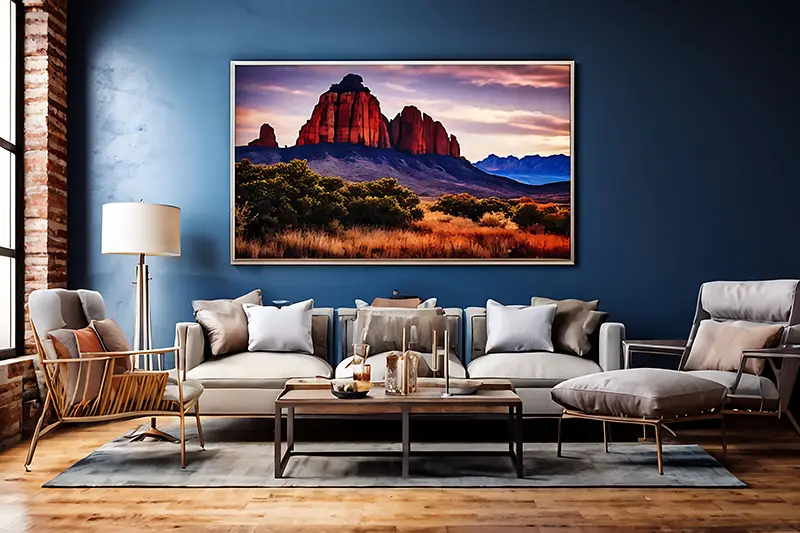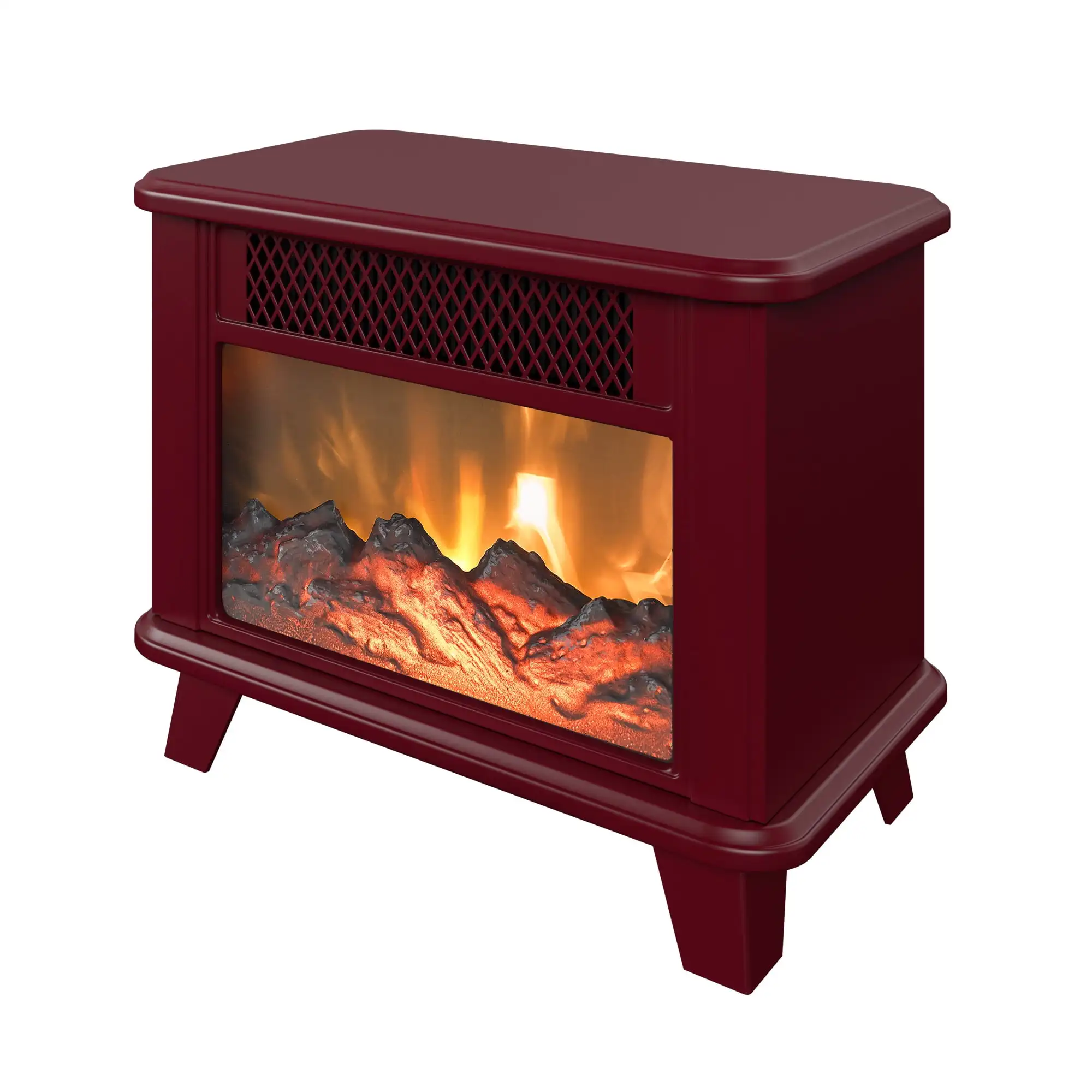Interior Design Ideas For Connecting Spaces
The arteries of your home, connecting spaces should be awarded all the respect normally given to individual rooms. They not only greet you but also serve to lure you into the rooms beyond. The hall, stairs, landings and corridors of a house have a pivotal role to play and it is through the framework they form that you will view all the other rooms. Often characterized by their mean proportions, irregular shape and lack of light, these areas require very careful attention if they are to become the convenient welcoming spaces they should be.
The designer’s first consideration should be the actual structure enclosing the space. By highlighting any features that are perfectly proportioned or well balanced, you can bring a sense of symmetry to what otherwise is often a rather disorganized area.
Perhaps the floor has a regular outline: this could be emphasized by giving the chosen floor treatment a border in a contrasting color. Alternatively, if the ceiling height is pleasing, an attractive cornice or border could be introduced to enhance the line where ceiling meets wall.
A bold treatment at a good looking window has a similar effect. You can disguise features that are less pleasing by reducing their details or painting them out (that is, in the same color as their background). If the area is totally lacking any redeeming features, you might consider creating a ‘blank canvas’ of the same color on all surfaces and then applying points of interest superficially on the walls (with pictures) or on the floor (with area rugs) or by introducing interesting loose furnishings.
It is important to establish a focal point in each area – something pleasing for the eye to rest upon. It might be a handsomely surrounded fireplace, an impact-making picture, a well-proportioned window or a stunning carpet. Whatever it is, be sure that it is well positioned and given real star treatment with the help of some thoughtfully designed lighting.
When it comes to selecting color schemes for these transitional spaces, people have a tendency to veer towards bland mid-range colors and, because of sometimes restricted space, strong patterns are avoided. But the opposite approach often produces the most successful results. A boldly patterned carpet, for instance, can add an enormous amount of drama and excitement to what otherwise might be a very characterless area, and because people are generally only passing through the room there is little danger of tiring of such a strong statement.
Because these spaces impinge upon one another – the hall leading to the stairs and the stairs then leading on to a landing and so on – it is important to establish strong links between the schemes in each. Laying the same carpet throughout these connecting areas is an excellent way to give your house a sense of unity.
The only limitations to bear in mind are the effect of heavy traffic on your chosen colors and the possibility of clashes with individual room schemes.
Where light is restricted you have two choices: either to fight for light (by using reflective surfaces, light colors and mirrors) or, more unconventionally, to accept the darkness and play up to it. By painting such an area a wonderful rich dark color and incorporating some clever lighting effects, you can sometimes produce a magical effect.
Because there may be less to distract the eye in these connecting spaces, attention to details becomes paramount. Door handles and paneling, architraves and cornices, light switches and socket plates – these all deserve your special attention.
Luxury Home Design Ideas
Matched Search: home interior picture
#Interior #Design #Ideas #Connecting #Spaces














Leave a Reply
You must be logged in to post a comment.